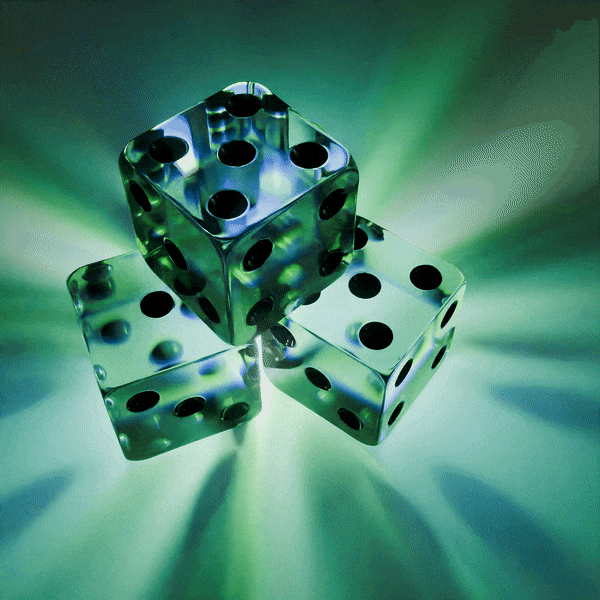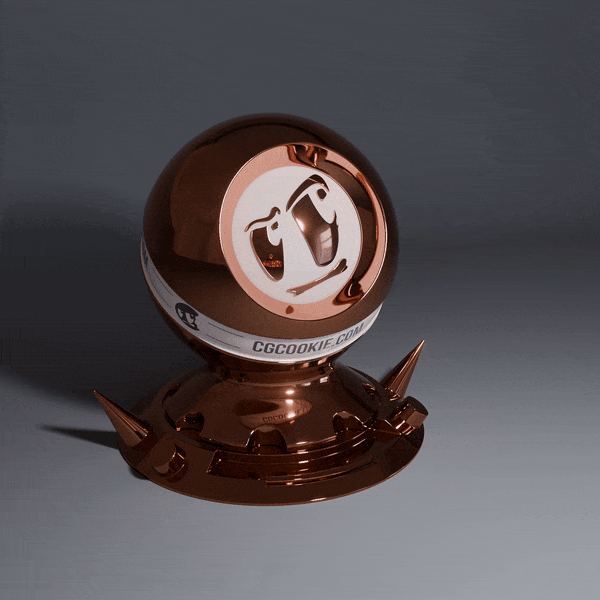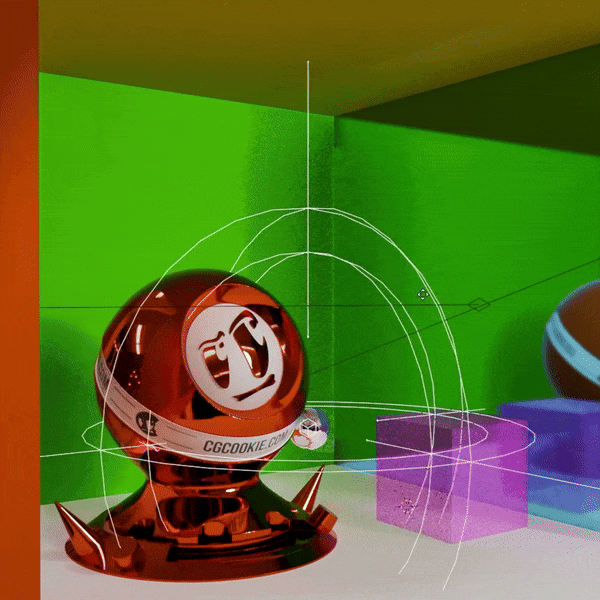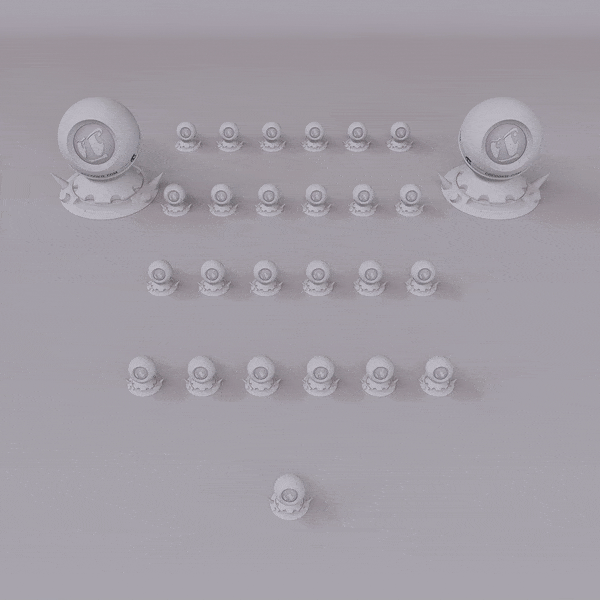Core | Fundamentals Of Materials & Shading
This course is also available as part of the CORE Bundle of Fundamental Blender Courses
Fundamentals of Materials & Shading
with Ewa Wierbik-Ziabka
Materials and shaders are essential components in 3D rendering that define the appearance of surfaces. Materials determine how an object interacts with light, giving it properties like color, texture, and reflectivity. Shaders are algorithms that calculate these interactions, producing effects such as transparency, glossiness, and shadows.
Having a basic knowledge of materials and shaders is crucial for rendering stunning images because they control the visual realism of your 3D models. Understanding how to create and manipulate them allows you to achieve the desired look and feel for your projects, making your renders more convincing and visually appealing.
In this course, you'll learn the fundamentals of shader nodes, explore Blender's Eevee NEXT render engine, and master advanced rendering techniques. By the end, you'll have the skills to create stunning materials with Blender. Let's get started and bring your creativity to life!
What you'll learn

Introduction
In this introduction chapter we will learn what version of Blender we need and we'll quickly go through all the lessons in the Materials and Shading course to see what we'll learn.

The Basics of Blender Shader Nodes
In this chapter we will learn basics or shader nodes, starting with the differences between the shader and the material, how to assign a material to the model or some parts of it. Then we will talk about available

Overview of Eevee NEXT
In this chapter we will learn the basics of Eevee NEXT to use it in ours projects. We will explore some options and learn about screen space reflections, light probes, blended and dithered materials and shadows. We will also talk about the known limitations and how to find a workaround. We will also setup some of the materials to make them look good in Eevee, like glass, subsurface scattering or volumes.

Rendering Materials and Shaders
In this last chapter we will go through some render options that will help us to better understand what settings we should use to render a nice image. We will create realistic glass with dispersion and caustics to add more realism to our renders and learn how to use Light Path node.
What people are saying
Want more CG Cookie Courses?
If you get inspired and would like to become a CG Cookie member after purchasing this course, send a message to support@cgcookie.com and we will be happy to help you set up an annual membership while discounting the amount you paid for this course on Blender Market. A membership will give you access to our instructors, our community and 100+ CG Cookie Blender courses. Be sure to mention your Blender Market Order ID and we will take it from there.
For more information, visit cgcookie.com or head over to our Creator Profile here on Blender Market.




